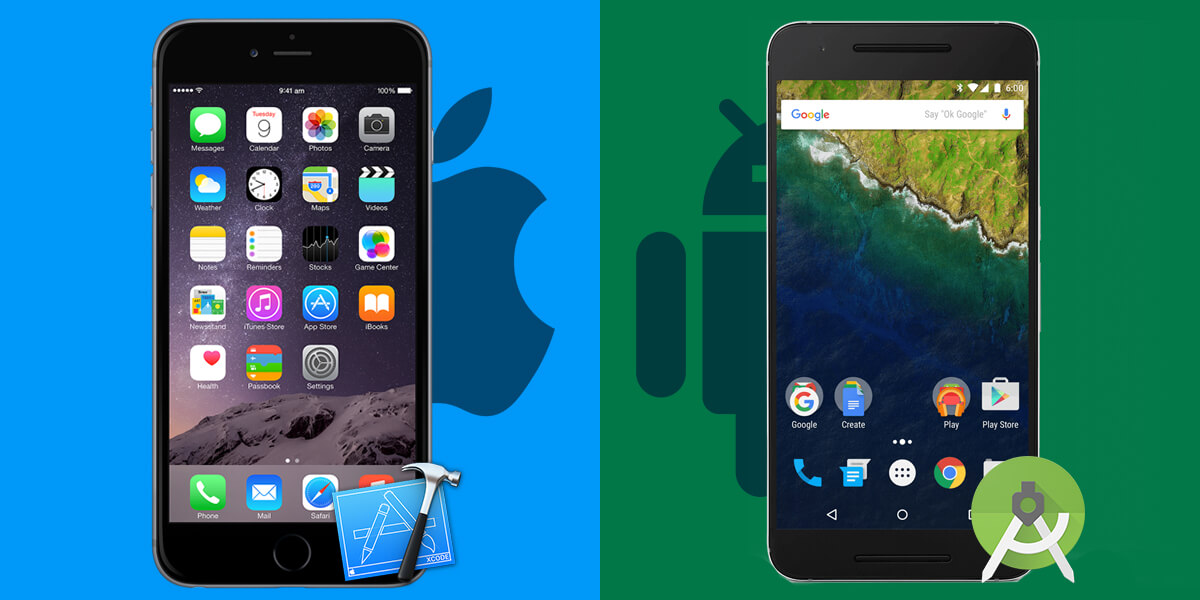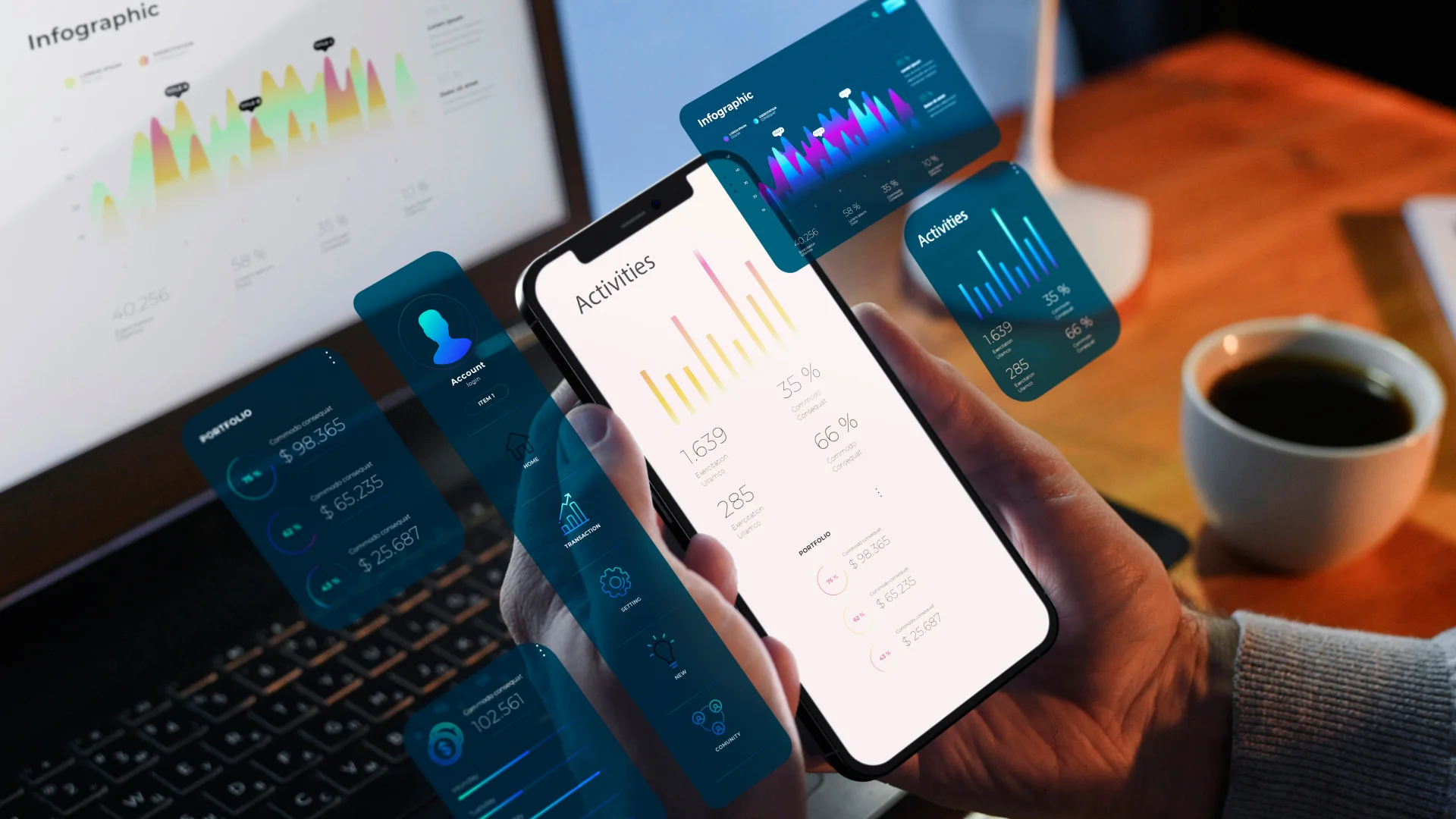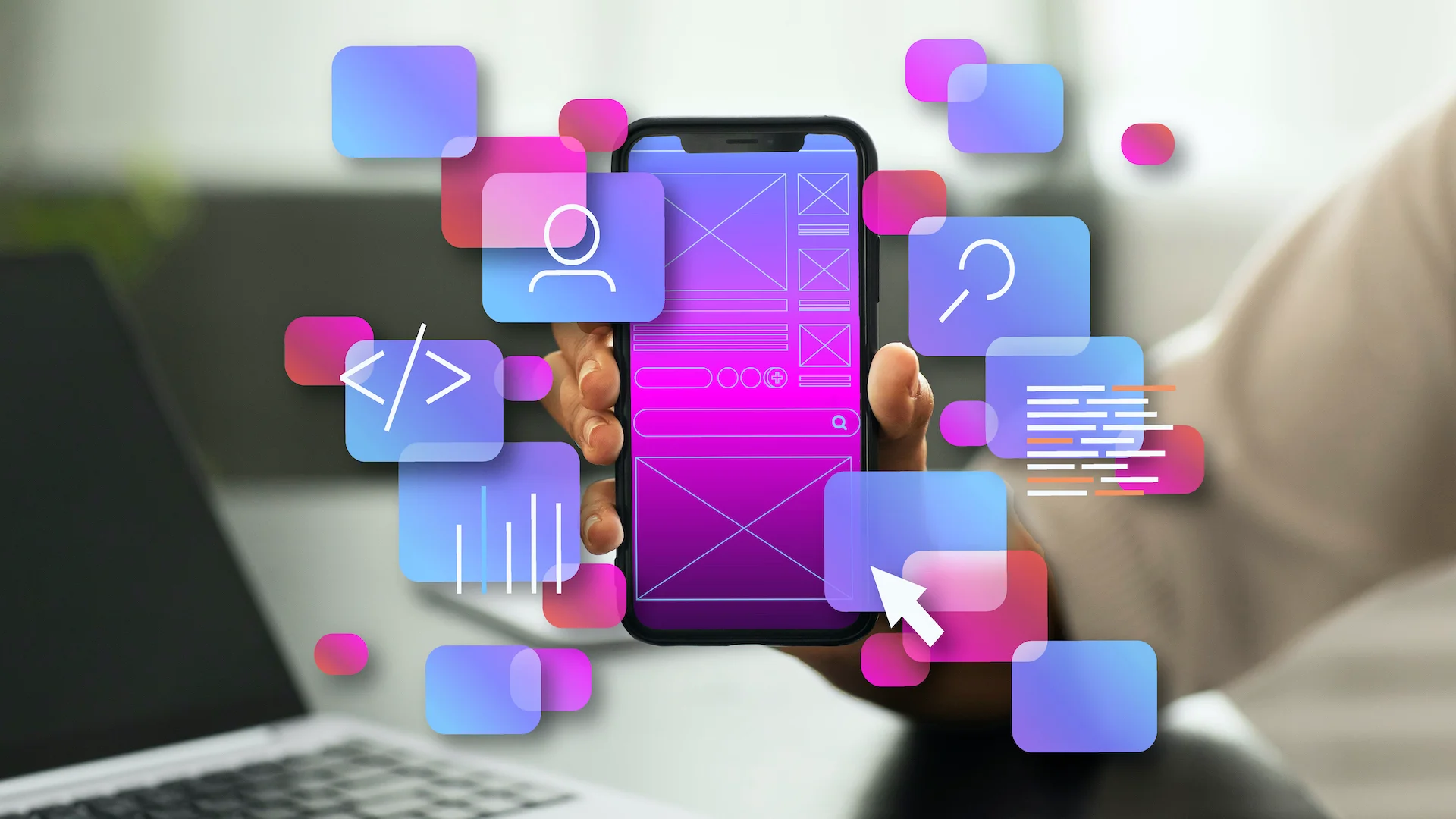Most Notable Differences Between iOS and Android While Creating Apps
- Mobile
- November 25, 2016
Apps have reached a point where they are seamlessly integrated in our daily routines. Younger generations grow up with apps and can’t imagine a time where people didn’t have smart devices full of apps.
There is no boundary when it comes to app categories, as they range from casual gaming to high end business assistants. Mobile applications tend to cater to the needs of all demographics with a wide spread across several platforms.
Of course, there will always be fans on each side of a debate involving Android and iOS, but from the perspective of a developer, petty fan wars aren’t of much help when trying to decide which platform would better serve and suit a venture.
Read also: Android or iOS App Development: Which is Best for Your Business?
In this article, we’re going to explore the various differences between developing an app for iOS and one for Google’s Android.
Market Places
Multiple platforms mean multiple market places where apps can be listed and sold in accordance with the guidelines imposed by each particular market administrator.
Currently, the largest app market is the Google Play Store, where apps for the Google operating system Android are officially sold. Android blankets a vast majority of market shares, taking the lead for the popular search engine developer.
However, that being said, there is still tough competition coming Google’s way. Another tremendously popular platform is Apple’s iOS, which differentiates itself from Google’s through a number of aspects, such as guaranteed extra security when compared with an Android handset, due to its tighter policy on software alteration.
While other platforms are available, with their own app stores in place, it is generally acknowledged that Google Android and Apple iOS are the market leaders, and no matter how the scale tips between the two of them, they are the two best options.
Development
A developer must take into consideration how an app behaves and what its characteristics are from a customer point of view, but also adapt to what they’re most comfortable working with, and beyond that, what they actually know how to use.
When it comes to app platforms, Android and iOS are very different constructs. Developing apps for each of them requires knowledge pertaining to a specific programming language. Android apps are creating using Java, while iOS apps are made using Objective-C.
There are pros and cons for both languages, so an important detail to factor in is which better complements your style. It is considered that Java is a newer and much easier to use language, which can also help developers branch out into PC software development. The fact that it’s easy to learn makes it a developer favorite.
Objective-C on the other hand is an older programming language that most consider to be more time consuming when it comes to actual coding.
However, others argue the superiority of Obejctive-C, saying that it feels like the iOS coding language is cleaner.
Related blog: Some Questions That Startups Should Answer While Creating an App
IDE
IDE stands for Integrated Development Environment, and if coding languages represent the app’s recipe, the IDE represents the bakery where the magic happens.
There multiple IDEs out there, but there are two in particular that are relevant to the topic, namely XCode and Android Studio.
While there several other IDEs out there, Apple and Google respectively have declared these two as the recommended solutions in terms of IDEs for developers to use when creating apps for each individual platform.
Obviously, Android Studio is used by Android whereas iOS uses XCode. Google has replaced its previous IDE with Android Studio in hopes of improving all affected stats.
Apple on the other hand stuck with XCode for a longer time and instead just supplemented updates to keep it relevant.
Testing the app
Apple’s coding platform and affiliated tools make it so that developers can more easily and effectively test apps through their development.
Apple developers even get to work with UI testing feature which allows for even more control over the work in the progress.
Google on the other has been rated as much lower when it comes to testing. Their setup makes it so that developers have a harder time testing than iOS developers.
Related blog: Usability Testing During Mobile App Development Cycle – Learn to Be The Best
Requirements
With the risk of sounding repetitive with the excessive use of the word “platform”, it’s inevitable that we must hear at once again, because developing apps for iOS or Android truly is a matter of platforms.
Developers that want to create apps which will eventually end up in Apple’s AppStore must use a Mac computer. There is no other way about it, as Mac computers are the only ones that support iOS app development.
Android on the other hand is supported on more platforms. This means that an Android app creator can choose between working on a Windows PC, a Mac PC, or even Linux. This gives Android an important edge as Macs aren’t that accessible for everyone.
App design
Developing apps for either platform is an opportunity to express yourself and be original.
However, there are still guidelines to what your app design should include or not include, depending on the platform you choose. These app design guidelines are firm parts of each platform’s policy, both Google and Apple wanting developers to create apps in a certain style.
This helps create a unified space and bring more unity between different apps on the same platform. If you want your app on the App Store or Play Store, you must take these guidelines very seriously.
Google is overall way more specific than Apple when communicating their desires to the developer community. They even put a toolkit at their disposal that makes working with Material Design (Google’s UI philosophy) a lot easier.
Apple on the other hand is not as specific, although it still requires its apps to be of a certain standard. In recent times, Apple has also transitioned towards a flatter design scheme, but Google manages to do a better job.
Submission cost
There is also money involved. Not as in receiving money, which everyone takes into consideration as an important factor before venturing into app development, but as in having to pay an entry fee.
You will need to pay a submission fee of $25 for Android and $99 for iOS. On top of that, Apple’s fee will pay you recurring visits yearly, while Android’s smaller fee is a onetime thing.
Apple is clearly more demanding when it comes to app approval, as human beings are being tasked with “interviewing” each individual app.
Conclusion
That being said, there are key differences between the two options and while there are a lot of factors to take into account when choosing a platform, such as targeted consumer base, country, app theme, etc., which all greatly influence how profitable one platform is over the other, it’s safe to say that from an objective point of view, Android is far more versatile or easy to get into.
Apple’s iOS seems more like a select club that’s harder to access, but getting into it has its perks, granted your business and app are well complemented by the iOS ecosystem.







